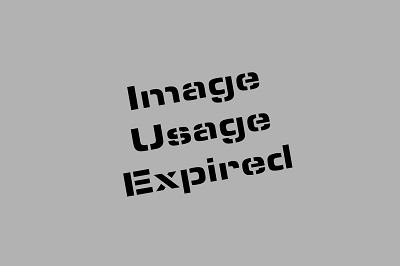Nirtzah: Not Just The Closing Ceremonies
There are two major concepts which form the driving force of the Hagaddah and the Seder in general. First, is the Chiyuv Sipur Yitzias Mitraim, and the second is that one must feel as if he himself is being taken out of Mitzraim on the night of Pesach, as discussed more fully in the Hagaddah.
With these two concepts being the principal themes, how then does the final part of the Seder, Nirtzah, fit into this framework? These intriguing, yet seemingly unrelated songs, raise a significant question as to exactly what role they play in the Seder and by extension, the Yom Tov of Pesach.
On a simplistic level one could answer their function is similar to that of the Afikoman and Mah Nishtana - to heighten the interest and enjoyment of the Seder for the children. However, upon more careful analysis, it becomes clear that not only are these songs in tune with the Hagaddah’s two major ideas, but are actually and intrinsic and indispensable part of these very concepts.
Upon reflection, it is easy to understand why Sipur Yitzias Mitraim is an appropriate topic for Pesach night. However, it is not as easy to understand why we are obligated to feel as if we ourselves were redeemed on the night of Pesach. An insight into this quandary will also clarify how Nirtzah fits into the Seder.
The reason for the Chiyuv Sipur Yitzias Mitzrayim is not to teach us history, nor even to train us in gratitude. This requirement comes to emphasize the character of the Pesach season - a time of year especially designated as a time for Geulah. The Gemarah in Rosh Hashana (11b) says that just as the Geulah from Mitzrayim occurred in Nissan so too will the eventual Geulah from present day galus take place in Nissan. For this reason the Hagaddah stresses this point - the obligation to feel as if we ourselves are going out - to illustrate that the same potential for redemption which came to fruition with Yitzias Mitzraim, exists every Pesach. Thus the potential for Geulah from present day Galus is at its highest during this time. With this explanation we can also understand what function the songs of Nirtzah have in the Seder.
In the first poem, Vayehi Bachatzi Halayla, an extensive list is composed of many past great things that Hashem has done in the midst of the night. Only one future event is added to this list - Hashem’s eventual bringing of Moshiach. Similarly, in Ki Lo Naeh, a list of adjectives ranging from distinguished and glorious to mighty and merciful are used to describe Hashem. Yet again, in this song the Haggadah slips in “that he is truly the redeemer.” Obviously, if the Haggadah felt it necessary to squeeze these lines in, then they are of major significance. This becomes clear in Adir Hu, which is nothing short of an all out appeal for the Geulah. Adir Hu takes all the descriptions used in the previous songs and follows each one with “May he soon and speedily rebuild his house in our days.” This is the central theme throughout Nirtzah.
However, just as Yitzias Mitraim was not possible before Bnei Yisroel performed the Mitzvos of Karban Pesach and Bris Milah, so too today’s Geulah cannot come before our total acceptance of Hashem’s dominion over the world. This is where Echad Mi Yodeah and Chad Gad Ya fit in. In Echad Mi Yodeah, we list the building blocks that the Jewish world is built upon - the basic necessities for all of Judaism. Finally in Chad Gad Ya we are taught the single most important lesson - that of humility. The idea that everything and everyone has something above him/her and therefore we must reflect on all of our actions, as we alone are accountable for them. In concluding Chad Gad Ya, the final connection is made to Geulah with the slaughtering of the Malach Hamaves. The Gemmarah in Succah (52a) says that at the time of the Geulah, Hashem will take the Satan (The same entity as the Malach Hamaves - Baba Basra 16a) and slaughter it.
Thus we understand how the progression of Nirtzah mirrors the link between Yitzias Mitzraim and the Geula Ha’asida. This interpretation adds a significant aspect to our Seder. Not only are we celebrating the Geulah from Mitzraim but we are also injecting the necessary elements for the eventual Geulah from galus today. May we be Zoche to capitalize on the potential for geula present this Pesach and share next year in Yerushalayim.















